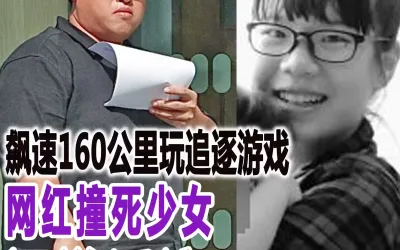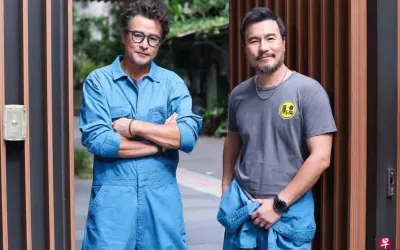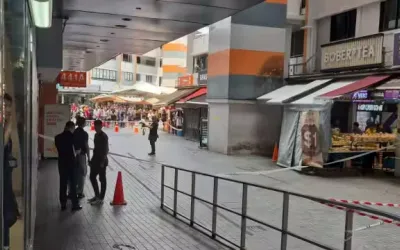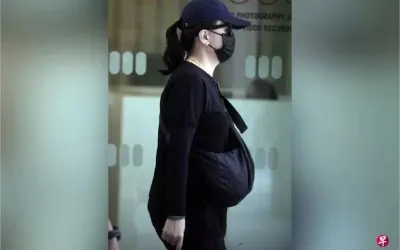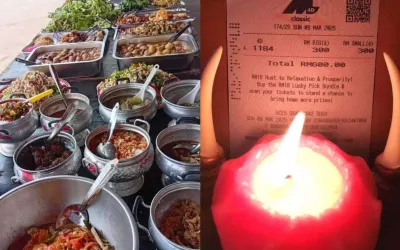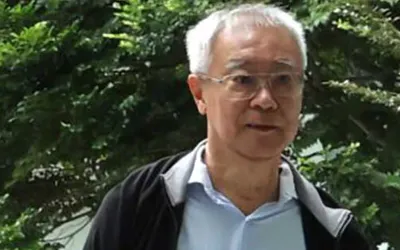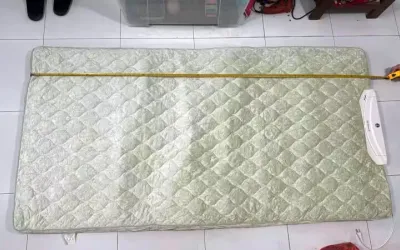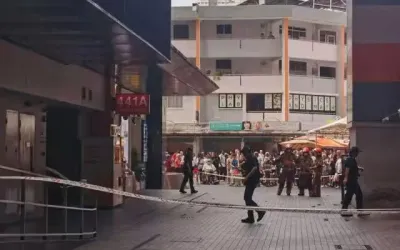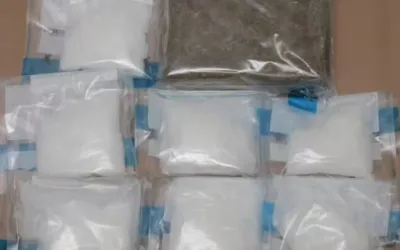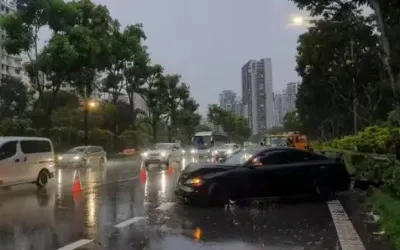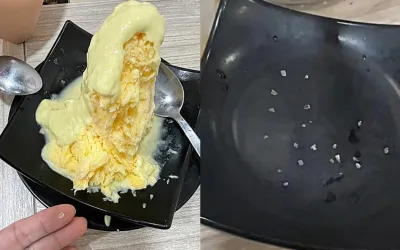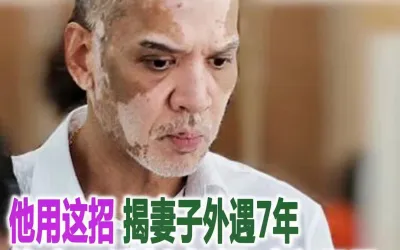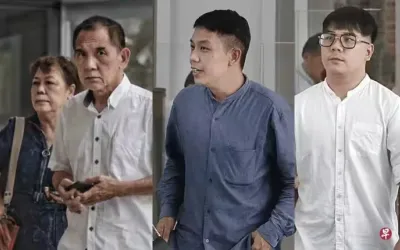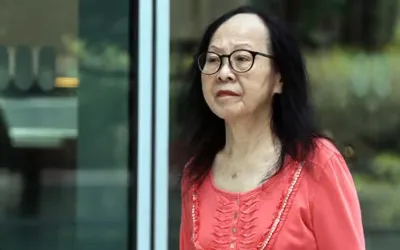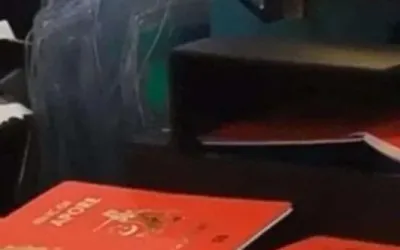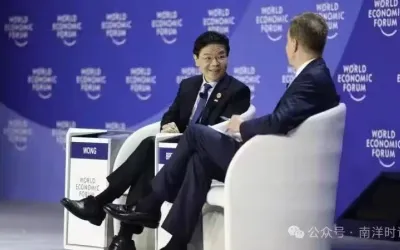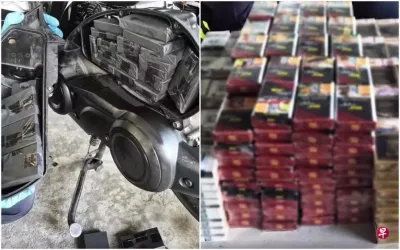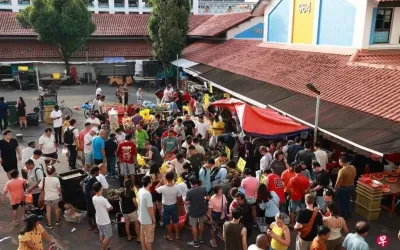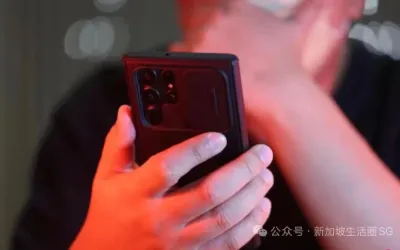Mr Liang Eng Hwa asked about the bases and the considerations in the design of the scheme. The Prime Minister and I have shared the Government’s considerations in designing the Jobseeker Support scheme. Let me reiterate the key points.
First, we wanted to create a better alternative to unemployment insurance. We have seen from other countries how unemployment insurance can make it more attractive for individuals to stay unemployed. We have also heard feedback from employers about rising business costs and we do not want employers to offset the costs of an insurance scheme by cutting wages or by stopping the practice of retrenchment benefit.
That is why we searched for a better alternative to minimise the negative outcomes that we have seen elsewhere. Our objective is to support involuntarily unemployed individuals to rebound into jobs that better match and fit their skills and experience, instead of rushing into ill-fitting jobs due to financial pressures.
But at the same time, from the Forward Singapore exercise, we have heard Singaporeans share that personal responsibility should remain a cornerstone in our social compact. Hence, the scheme should minimise the potential moral hazard by supporting jobseekers to regain employment and not continued unemployment. Jobseekers will need to play their part, to take responsibility for their actions and make an effort to bounce back into work. On the Government’s part, we will continue to strongly support jobseekers through employment facilitation and training programmes.
I will next answer questions on who will qualify for the Jobseeker Support scheme. To Ms Hazel Poa’s question, we have targeted the scheme at the lower- to-middle-income worker earning up to $5,000 per month before becoming involuntarily unemployed. This is slightly above the median monthly income of resident workers and it is the group that is more likely to face some financial pressures. With this income criterion, more than six in 10 residents who are involuntarily unemployed can benefit from the scheme.
Mr Yip Hon Weng asked how the condition 「residing in a property with an annual value of $25,000」 was determined. Annual value is used as a proxy to determine households』 wealth for various Government support schemes that provide higher benefits to individuals or households with lower means. The threshold of $25,000 for the Jobseeker Support scheme is aligned with other schemes, such as the Goods and Services Tax (GST) Voucher scheme. This covers about 75% of residential properties, including all Housing and Development Board (HDB) flats.
Mr Liang Eng Hwa asked how applicants』 eligibility will be assessed. All Jobseeker Support applications will be assessed via a system that comprises automated checks using available Government data and further verification checks done by a dedicated Workforce Singapore (WSG) team. For individuals who do not meet the eligibility criteria, appeals will be assessed on a case-by-case basis.
Ms Hazel Poa also asked why Permanent Residents (PRs) are eligible for the scheme alongside Singapore Citizens (SCs). This is no different from other employment facilitation programmes. For example, SCs and PRs receive the same support under WSG programmes, such as career matching services and Career Conversion Programmes.
I want to stress that Singaporeans will always be at the heart of Government policies, even while we welcome those who can commit and contribute to Singapore. Our citizens receive the most support and benefit in several areas, including housing, healthcare, education and parenthood. But PRs have expressed their commitment to Singapore and contribute to our strengths as a society and economy. So, likewise, we should also support our PRs who fall onto hard times to get into good jobs so that they can support themselves and contribute to our economy.
I will now move on to questions about the payouts. The payout quantum of up to $6,000 over six months is provided to eligible applicants who have demonstrated active job search efforts. Ms Hazel Poa asked why the payments are stepped down with time. We have designed the payout schedule to provide a higher payout in the earlier months to provide greater upfront assurance to jobseekers. These payouts are gradually reduced from the second month onwards to incentivise jobseekers to start work earlier if they find and land on a good-fitting job. We do not want them to delay their return into the workforce as it will diminish their employability. In addition, as the scheme is designed to encourage individuals to find a job with good fit and be retained in the job, those who have received payouts will not be able to make another application within three years of their last payout.
I must emphasise that the total payout of up to $6,000 should not be viewed in isolation. It actually complements the Government’s broader ecosystem of support.
Mr Henry Kwek had asked about whether beneficiaries of the scheme can also benefit from other financial assistance schemes. The answer is yes. While the Jobseeker Support scheme is not designed as a form of social assistance for households with greater financial needs, beneficiaries are still entitled to receive support from the Government’s social assistance schemes where eligible, such as ComCare Short-to-Medium Term Assistance and the GST Voucher scheme.
Similarly to Mr Gan Thiam Poh's question, beneficiaries of the Jobseeker Support scheme can concurrently qualify for the SkillsFuture Level-Up Programme that supports mid-career individuals to pursue substantive upskilling and reskilling, as long as they meet the eligibility criteria for all of these respective schemes. So, we encourage jobseekers to actively explore ways to upskill, to reskill themselves to bounce back into better jobs.
To conclude, Mr Speaker, Sir, the Jobseeker Support scheme marks a paradigm shift for the Government and it reflects our commitment that we will always help and provide resources for those who step up and want to do more for themselves. The Prime Minister had said that a major reset is needed as we chart Singapore's way forward.

